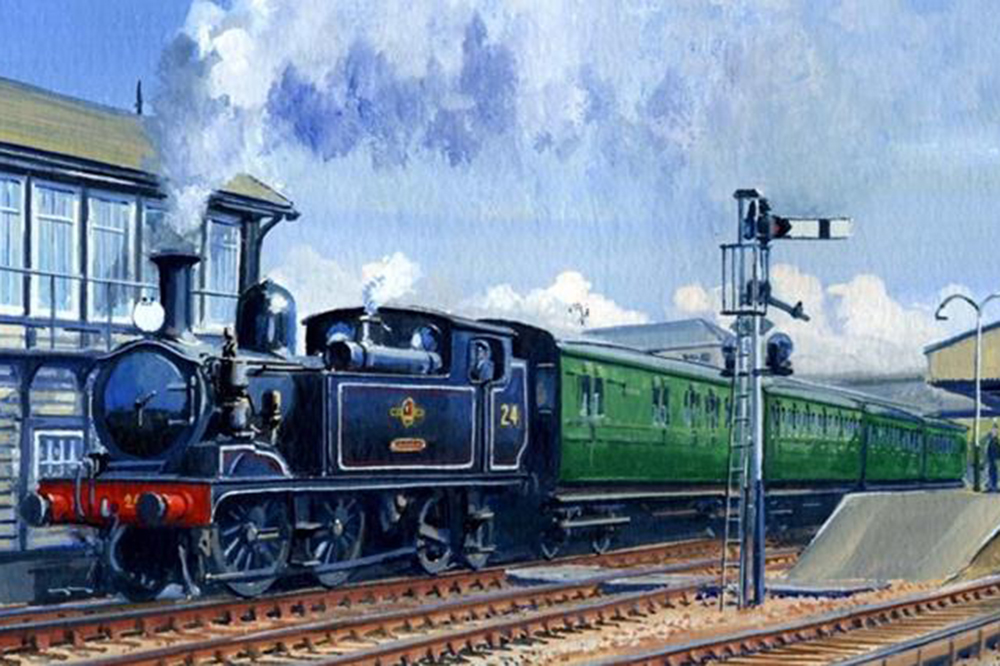As a frequent user, my initial reaction on seeing the new timetable was that it was even less fit for purpose than the current one. And it remains very frustrating that the originally promised half-hourly service to Pierhead cannot be delivered, particularly as the margin between success and failure in this regard seems to be down to a few minutes.
However, on reflection, there are good points to it. The 10 minute connection at Pierhead from half the catamaran arrivals is only a few minutes longer than the existing connection but should make a lot of difference to reliability - if the cat is late it is usually by only a few minutes, so we (and the elderly and those with luggage) will have a much better chance of making it. And if the cat is running even later and still misses the connection, there is the major improvement that there is at most 40 minutes to wait for the next train, rather than the present 60 minutes.
Of course, the longer waits involved in connecting with alternate cats are not so welcome. I suspect a lot of people going to Esplanade for Ryde itself or the buses will not wait but will walk down the pier (weather permitting) resulting in a loss of patronage (and a limited amount of revenue). But those going further down the line will probably find it worth waiting 26 minutes for the train.
For most of my journeys I am in the happy position of being able to be flexible as to which cat to go for, so will be able to choose crossings that don’t have the long wait at Pierhead. But others, such as commuters with fixed hours, will not have this luxury - for them the new timetable may be much less efficient.
The timetable has been presented as being for the summer only, to make connections for visitors more reliable. Until a better solution can be found, it seems to me to be a reasonable response to the difficulties.



